NWA 801
$ 3.500
NWA 801 was found in Morocco in 2001 and is believed to be over 4.5 billion years old. It contains ribose sugar, a key component in RNA, providing compelling evidence that life’s building blocks may have extraterrestrial origins.NWA 801 was found in Morocco in 2001 and is believed to be over 4.5 billion years old. It contains ribose sugar, a key component in RNA, providing compelling evidence that life’s building blocks may have extraterrestrial origins.
Discovered in Morocco in 2001, NWA 801 is a scientifically extraordinary carbonaceous chondrite meteorite, estimated to be over 4.5 billion years old—roughly the same age as the solar system itself. Classified as a type CR2 carbonaceous chondrite, this meteorite is rich in organic material and water-bearing minerals, making it a key subject of study in the field of astrobiology. Its composition offers a rare glimpse into the early solar nebula—the primordial cloud of gas and dust from which the Sun and planets formed.
What sets NWA 801 apart from many other meteorites is its remarkable organic chemistry. In 2019, a team of international scientists discovered ribose—a type of sugar and a critical component of RNA—within its structure. This finding was groundbreaking, as ribose is an essential building block of life, playing a central role in the transmission of genetic information in all known biological systems. Until this discovery, ribose had only ever been observed in terrestrial environments, leading to significant questions about whether such complex molecules could form in space.
The presence of ribose in NWA 801 provides compelling evidence that the ingredients necessary for life can form in space and may have been delivered to early Earth via meteorites. This supports the theory of panspermia or, more broadly, the idea that the building blocks of life have an extraterrestrial origin. Moreover, the fact that this sugar was found in a meteorite that has been preserved in relatively pristine condition adds further weight to the discovery, minimizing the chances of terrestrial contamination.
In addition to ribose, NWA 801 also contains a variety of amino acids, hydrocarbons, and other prebiotic molecules, further reinforcing its importance in studies of life’s cosmic beginnings. Researchers from institutions like NASA and leading universities continue to study samples of NWA 801 to better understand how organic compounds can form and survive in space.
As one of the rare meteorites to carry such complex organic chemistry, NWA 801 stands as a cosmic messenger—offering profound insight into the origins of life, not just on Earth, but potentially across the universe.


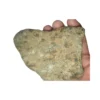
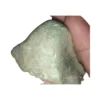

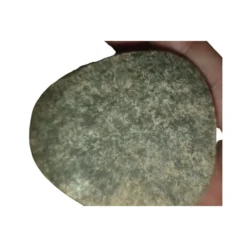

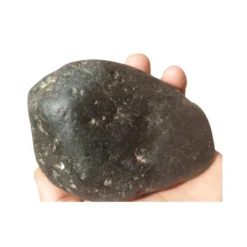
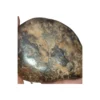
Reviews
There are no reviews yet.